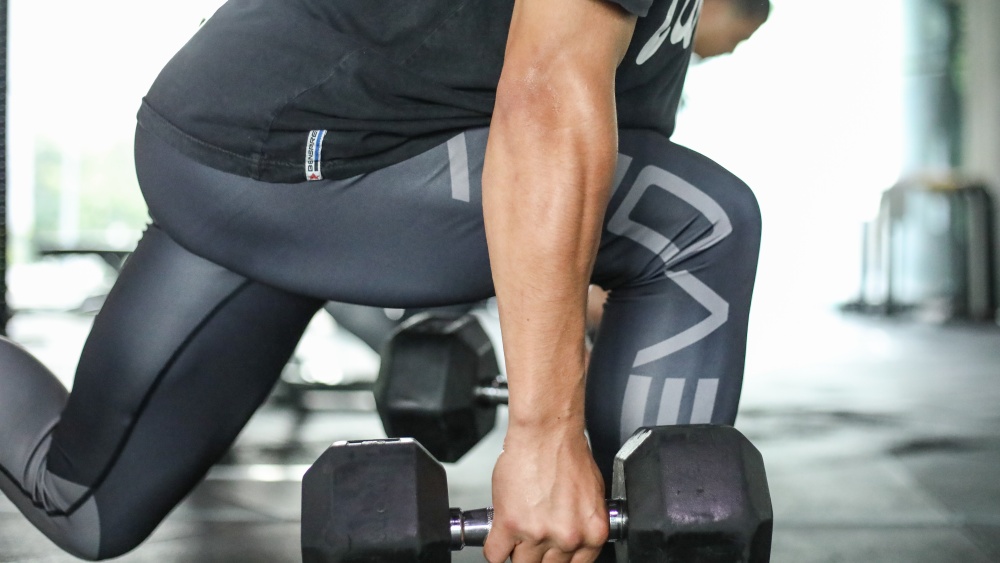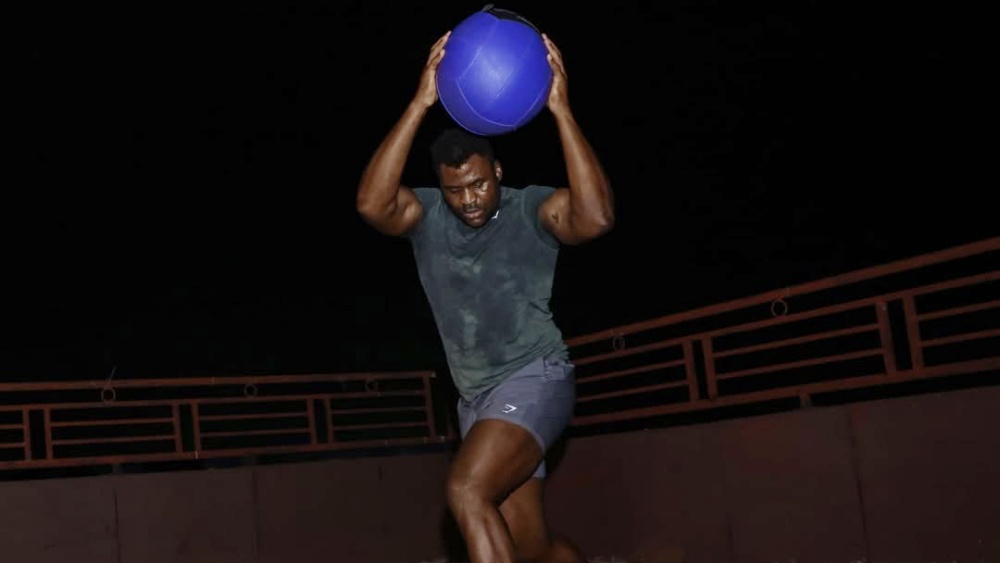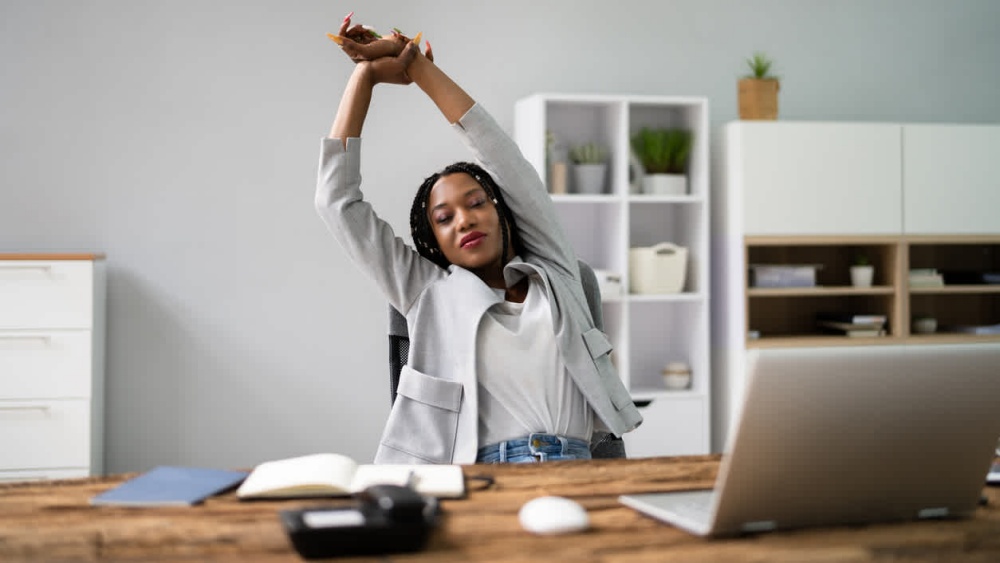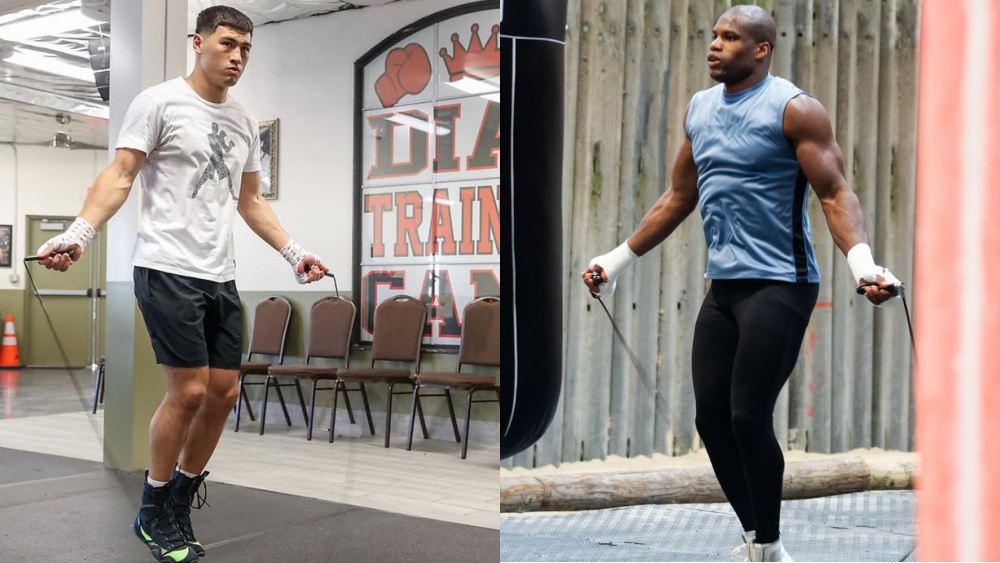Having a well-developed glute is a sign of good health and athletic performance. A powerful set of glutes is a good foundation for balance, strength, and power. It doesn’t matter if you are a martial artist or a recreational lifter; working your glutes offers a variety of benefits for everyone. Today, we will talk about the ways on how to strengthen your glute muscles.
The Gluteal Muscles
Commonly known as the glutes, the gluteal muscles are a group composed of three muscles. Namely, the gluteus minimus, gluteus medius, and gluteus maximus (the largest muscle of the human body). These muscles function as the key driver of power and athleticism in the lower body.
The gluteus maximus handles the stability of our upper body while we are standing. It also prevents the upper body from bending forward from the impact that our body receives when sprinting or running. As people nowadays spend most of their time sitting, this causes pain in the lower back and the knee area because of the inactivity of the glutes. This results in the inability to fire up when they are needed to work.
Exercises To Strengthen Your Glutes
Strengthening and activating your glutes will help in the stability of the core, prevent lower-body injuries, and improve compound lifts that require the lower body, which can positively affect sports performance. Below are the exercises that you may perform to help you strengthen your glutes.
1) Single-Leg Romanian Deadlift
The single-leg Romanian deadlift can be performed with any type of free weight. Performing this exercise will require balance, mobility, and flexibility. This exercise targets mainly the glutes and the hamstrings.
To do the single-leg Romanian deadlift, first, grab a dumbbell or a kettlebell on your opposite hand (the side that will have your leg backward). Straightly kick one of your legs backward while your other foot remains in contact with the ground in a tripod position to maintain balance throughout the movement. Slowly bend your body forward with a neutral spine while maintaining one of your legs straight behind your body, thus creating a straight line.
Throughout the movement, the leg that is in contact with the floor may be slightly bent to maintain mobility and balance. If done properly, the single-leg Romanian deadlift will help you feel the strength and activation of your glutes and the hamstring.
2) Pistol Squat
The pistol squat may be a little difficult to some, as it requires ankle mobility and flexibility. It is advised to do some ankle and leg stretches before doing this exercise. Performing the pistol squat will help you develop your gluteal muscles, resulting in improved balance, mobility, and stability.
To perform the pistol squat, start in the bottom position of the squat with your one leg straightened forward. Keep your other feet in contact with the ground throughout the movement to balance your body. From this position, squat all the way up with one leg while maintaining the other leg straight in front of your body. The pistol squat may be difficult at first, which is why some people use their hands to hold on a base to keep their balance.
The pistol squat is an excellent exercise to assess the strength of both of your legs, glutes, leg flexibility, ankle mobility, and balance.
3) Lateral Band Walk
The lateral band walk works all three gluteal muscles and can be performed before or after your workout. This exercise will require the use of resistance bands, and it can be performed almost anywhere.
To perform the lateral band walk, place the resistance bands above your knees. Slightly bend your knees and slightly lean your upper body forward. Slowly walk laterally ten times on each side, step by step.
Once you get used to this exercise, you may use multiple resistance bands. Placing the bands in different positions, such as in the ankle and feet, will also add difficulty to this exercise.
4) Barbell Hip Thrust
The barbell hip thrust is a great exercise to build the strength and power that comes from the glutes and hips. This exercise is typically performed with your back laying on a bench and a barbell placed on your hips.
To perform the barbell hip thrust, lay your upper back on a bench and place a barbell on your hips. Use your hands to grip and stabilize the bar. The positioning of the barbell on the hips can be uncomfortable, you can add foam on the barbell in this case. Straighten your body with your knees bent at a 90-degree angle as both of your feet are in contact with the floor. Slowly lower your hips and thrust back up while squeezing your glutes at the lockout at the top.
The barbell hip thrust is proven to be an effective exercise to work on the glutes and hamstrings as it is commonly used by athletes in their programs to improve sports performance.
5) Barbell Glute Bridges
The barbell glute bridge is a great exercise that targets the glutes, which can be a good carry-over to other compound movements. Unlike the barbell hip thrust, the barbell glute bridge is performed on the ground.
To do the barbell glute bridge, lay on the floor, load a barbell and place it on your hips. Grab the barbell throughout the movement to maintain it in its position. Unlike the barbell hip thrust, the feet must be placed near the glutes in this exercise. Start bridging with the barbell as high as you can while squeezing the glutes at the top, and your upper back remains in contact with the ground.
Final Thoughts
It is important not to neglect the largest muscle in our body. Although we sometimes work it as a secondary muscle when we do compound movements, specifically targeting and activating the glutes will give us numerous benefits, be it for martial arts, overall fitness, or to prevent injuries and body pains that we may experience due to sedentary lifestyle.
You may also like:

















